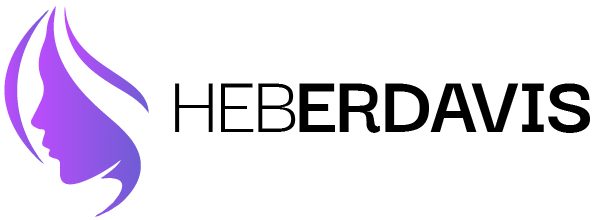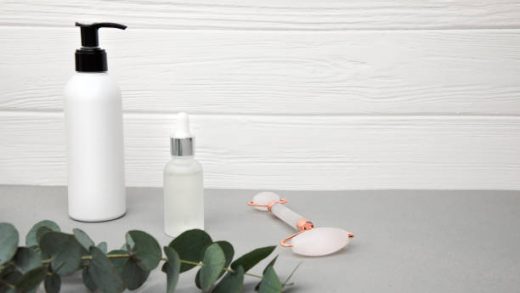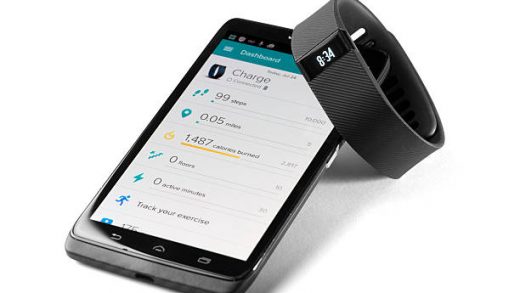There are many options available for healthcare today. A thoughtful and well-designed healthcare and medical fitout will help you reach today’s sophisticated, selective healthcare consumers.
Positive patient experiences will increase your revenue and encourage patients to return. The interior design, furniture, external signage, and accessibility of your healthcare and medical fitout can have a significant impact on patient satisfaction, mood, and overall experience.
We are experts in healthcare and medical centre fitout, so we wanted to share with you what you can do to improve your medical fitout.
What is patient experience?
The patient experience is the measure of satisfaction or dissatisfaction with their interactions with a medical practice or healthcare provider. All touchpoints along the patient journey influence the experience.
Online interactions with your website or social media
Initial contact can be made via phone, email, mobile app, online booking, or in person.
The clinic’s physical environment, including parking, entrance, seating and amenities.
Speaking to receptionists and waiting time for appointments
Treatment, consultation or Service
Post-visit care can include an email with instructions on how to follow up or a text message reminding you of the next appointment.
Why the patient experience matters
Your patients are probably the most important thing when it comes to establishing a profitable medical practice. Better patient satisfaction can be achieved by improving the patient experience. It can attract new patients as well as keep existing patients returning.
Patients expect more than just treating symptoms. Patients want high-quality and efficient service, and they are likely to go elsewhere if the interaction is not excellent. In a global survey by Salesforce, 82% of people said they would change healthcare providers if they had a bad experience.
You can attract new customers by ensuring that patients have a positive experience. This will help you build your brand’s reputation and create advocates who are loyal and happy. They can also provide positive reviews or word-of-mouth. Retaining patients is also cheaper than acquiring new ones.
How can you improve the patient experience in your medical or healthcare practice? Your healthcare and medical fitout is a crucial touchpoint. The interior and exterior design, as well as how the practice looks and feels for the patient, are all part of this.
When you visit a healthcare professional, a lot happens. Anxiety over symptoms, uncertainty over a possible diagnosis and misunderstanding of medical procedures can make a trip to the doctor even more stressful.
The conventional healthcare and medical fitouts do not help. It’s no wonder that hospitals, dental offices, and other healthcare and medical clinics are associated discomfort, fear, and unease with their cold, sterile, white palettes.
Interior design has long been linked to reducing anxiety. Fitouts and interior design can trigger positive and negative emotions. This includes the colour palette, finishes, lighting, surface textures, and layout. Design, furniture, and fixtures can help you make the most out of your medical fitout by evoking calmness, comfort, and positivity among patients.
You can reduce stress and anxiety by creating an environment that is welcoming and relaxing for your patients. Your clinic or practice will also be associated with a calm, tranquil and homey environment. This is the type of feeling that makes patients feel comfortable enough to return for another appointment.
When patients are satisfied with their visit, they will develop trust and loyalty, as well as be more likely to refer your practice to others (and to avoid your competitors). This can then lead to positive feedback, recommendations, and an increase in profitability.
What features of your medical fitout has the greatest impact on patient experience?
Appeal from outside
Before the patient even enters your office, you can make a good first impression.
What is the appearance of your building’s exterior?
Are you able to clearly identify your practice?
It is easy to find and reach.
Parking and accessibility for wheelchairs?
How is the outdoor landscaping/gardening?
New patients may already be anxious about their visit. Any difficulty in finding a practice, or an unwelcoming environment (such as cracked paintwork, overgrown plants and bushes) will only increase their anxiety.
Signage and wayfinding that is easy to understand and brandable will help future patients locate your practice.
Feel more at home in the reception and waiting area
The reception area, and the receptionist, can be one of the first physical points of interaction, and set the tone for the entire visit. Patients will either have a bad or a good first impression.
Interior design and medical fitouts in waiting areas and receptions are increasingly modeled after a home living room to ensure that patients have a comfortable and relaxing experience. Lighting, artwork and plants are all carefully selected to reflect the practice’s personality and brand.
Modular and rearrangeable furniture are also popular. They allow you to adapt the layout to different patients, such as families sitting together or mobility impaired patients. This not only creates more space, but also allows patients to customize it according to their own comfort.
We’re seeing an increase in smarter facilities, such as kiosks for check-in, which make it easier to check-in while reducing paperwork and waiting times.
Waiting room benefits
Have you ever waited in your waiting area for 30 minutes?
Patients and their families may spend most of their time in the waiting room. While a little wait is to be expected, long waits can cause stress, anxiety, and frustration.
The next level of service and care in your waiting area is possible by
Add refreshments such as coffee, tea, and water
Integrating technology like Wi-Fi, USB charging stations, and other entertainment to keep young and old patients entertained
Studies show that natural light, plants and water views can reduce stress and promote healing. They also create a relaxing, calm environment.
Switch from rows and row of chairs to tasteful décor and comfortable armchairs
Access, amenities, and seating that are accessible to those who may be injured or have mobility issues.
Reduce noise using absorbent ceiling tiles, acoustic paneling and privacy panels.
Are children likely to be regular visitors? Create play areas that are creative and fun.
Consider a small café for larger practices or a mini-fridge for smaller ones.
The right medical fitout can optimize your waiting room and reception for flow and functionality, and make the space conducive to patient wellbeing.
Beyond Vanilla
Why is the interior of so many healthcare facilities all white? White has been used in healthcare settings for many years. White is hygienic and clean, but can also be cold and unfriendly, making healthcare practices seem more intimidating.
Addition of color to walls, furniture or fixtures can be a great distraction for patients and help reduce their stress. You can incorporate colours that are reflective of your brand.
Studies have explored the effect of colour on anxiety and stress in healthcare environments. Green and blue are often associated with calm, serenity, and positive feelings due to their nature-related associations. Red is known to cause strong emotions. The elderly are more likely to benefit from brighter colors, as their eyesight is not able to distinguish subtle color changes or pastels.
By carefully choosing colour, furniture, and flooring, healthcare providers can create a more comfortable atmosphere that will enhance the patient’s experience and improve their health.
Does your healthcare & medical fitout need a check-up? We can assist!
The design and construction of a medical fitout presents a unique challenge, with its strict planning and building codes. Then there are the functional complexity and medical requirements that vary between healthcare facilities.
It’s not about spending more, but rather spending it creatively. We put ourselves in your shoes and consider comfort and patient flow. We will also ensure compliance and flexibility in your fitout, to accommodate future changes.



